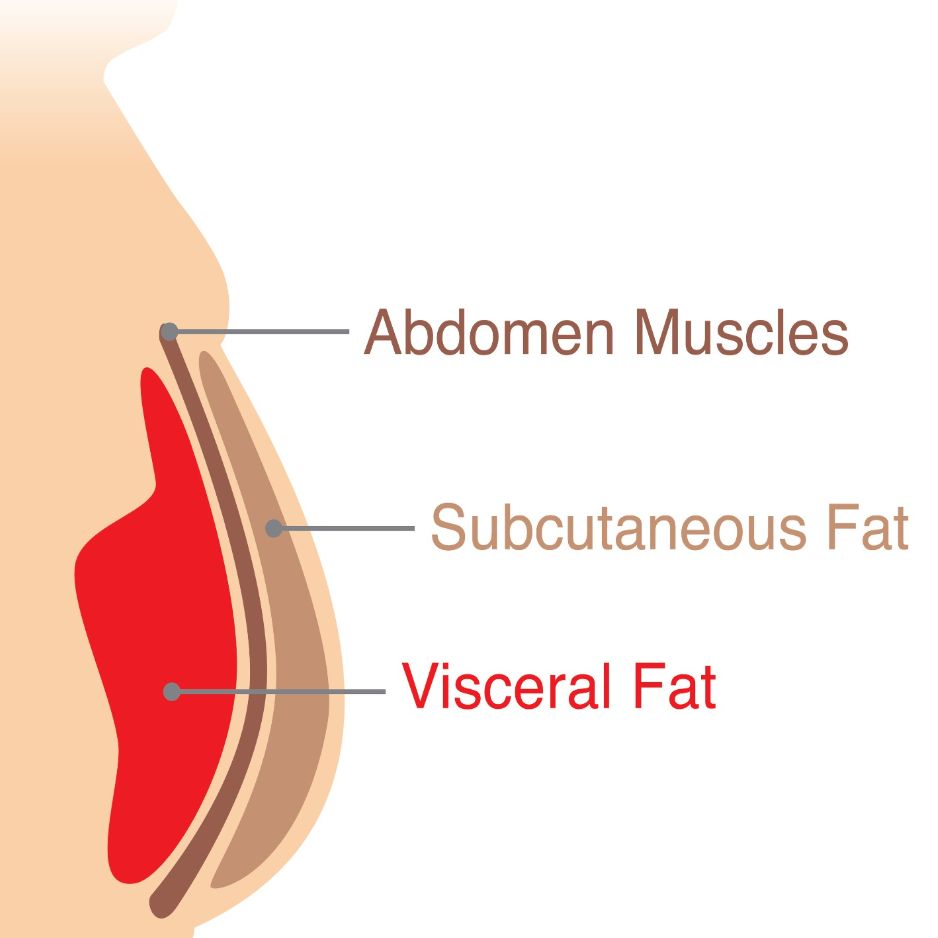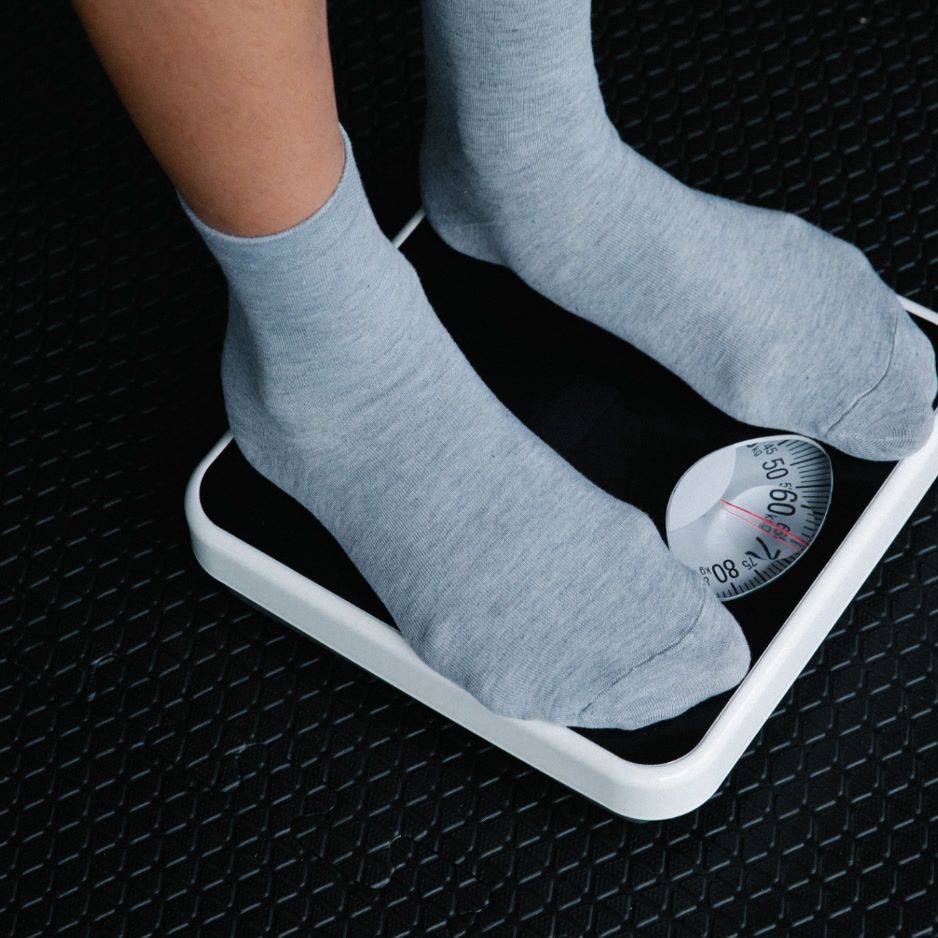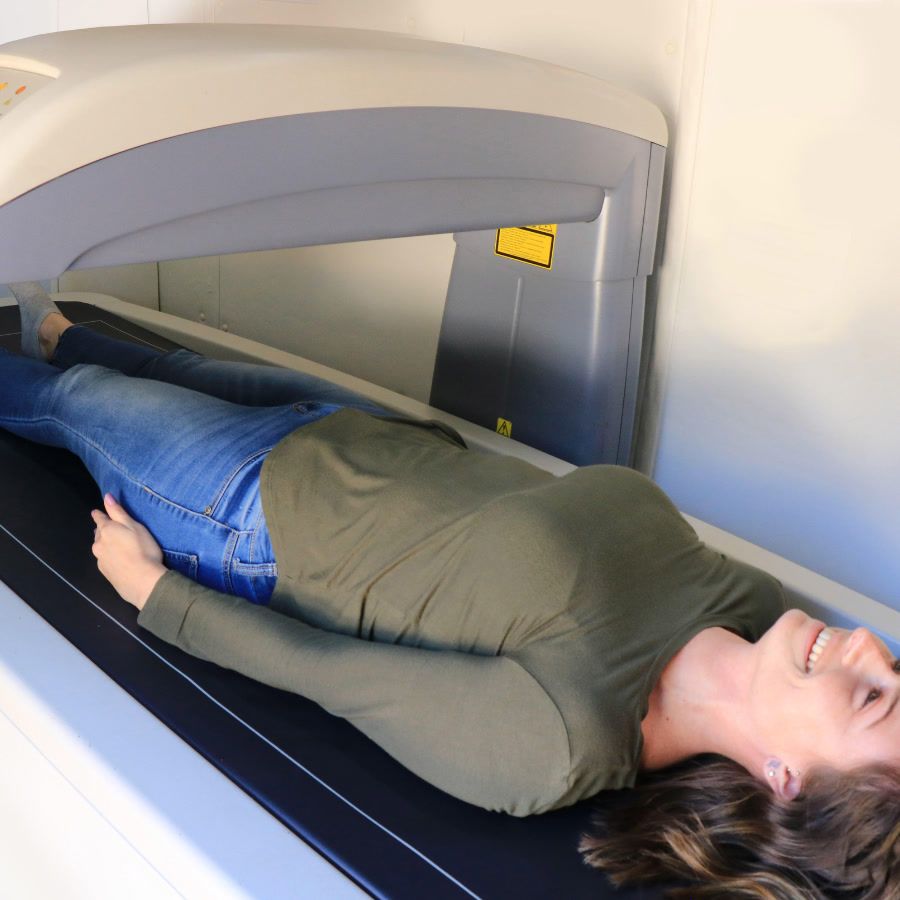Supplements for Digestion: A Science-Backed Guide
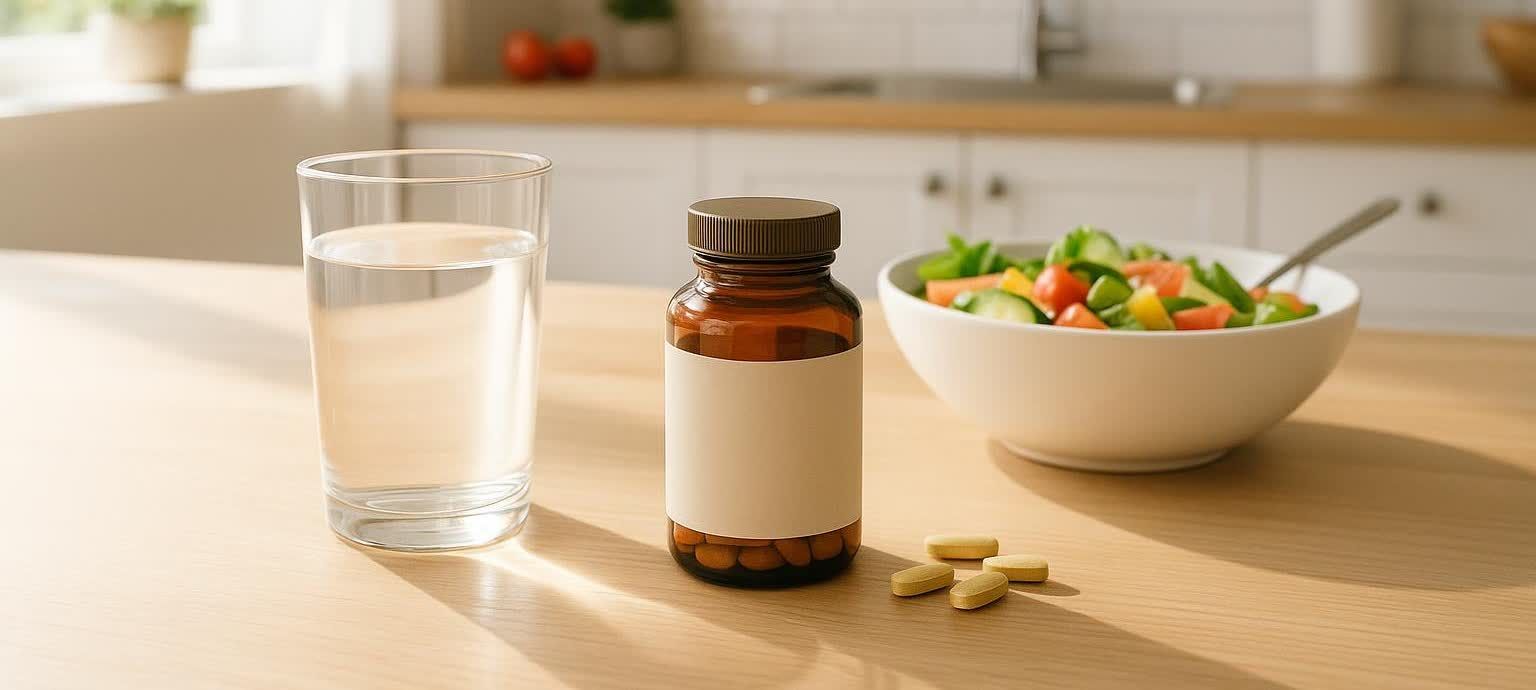
Supplements for Digestion: A Science-Backed Guide
Feeling blah after every meal? You’re not alone. Nearly 70 million Americans live with digestive diseases each year, according to the National Institute of Diabetes and Digestive and Kidney Diseases (NIDDK). Using supplements for digestion can help, but choosing the right capsule (or powder, chew, gummy…) gets confusing fast.
This guide cuts through the marketing noise and gives you the evidence-based low-down on digestive supplements—what works, who it’s for, and how to build a smart, safe regimen.
Quick Quiz: What’s Driving Your Digestive Woes?

If several of the statements below resonate with you, a targeted supplement might offer relief.
-
I feel gassy or uncomfortably full within 60 minutes of eating.
-
Dairy sneaks into my meals and leads to bathroom runs.
-
High-fiber foods leave me more bloated, not less.
-
I see undigested food or oily streaks in my stool.
-
Abdominal pain eases temporarily when I skip meals.
-
If 1-2 statements apply, simple lifestyle tweaks may be enough. Check out the Diet & Lifestyle section below.
-
If 3-4 statements apply, a targeted supplement like digestive enzymes or a specific probiotic strain might offer relief.
-
If all 5 statements apply, it’s a good idea to talk to a healthcare professional to rule out underlying conditions and get personalized guidance.
(Self-assessment only. Not a diagnosis.)
Digestion 101 (The 60-Second Version)
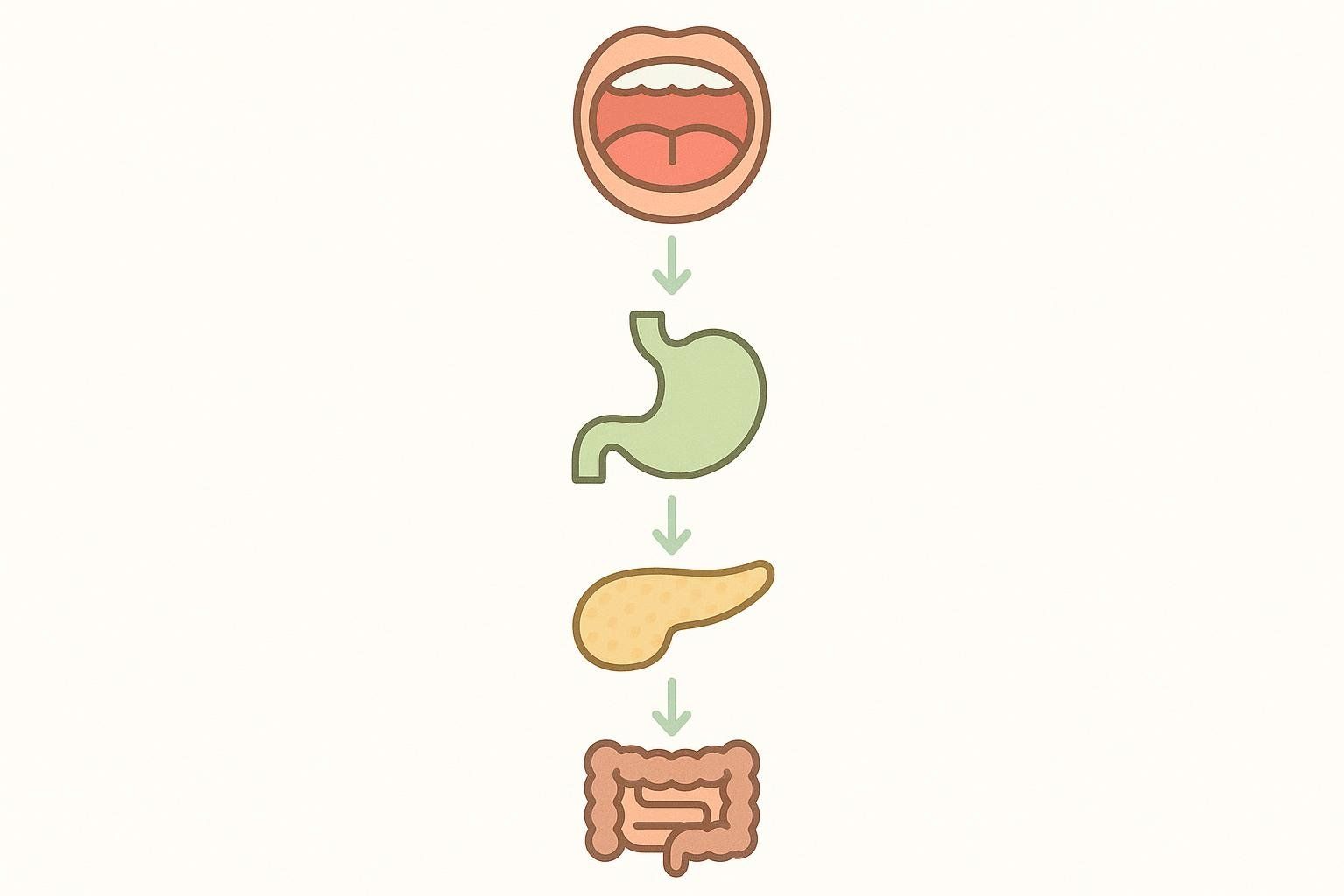
- Mechanical & chemical breakdown starts in your mouth (salivary amylase).
- Stomach acid and pepsin unravel proteins.
- Pancreas releases amylase, lipase, and protease into the small intestine.
- Brush-border enzymes like lactase finish the job so nutrients can cross into your bloodstream.
Miss a step and you get gas, malabsorption, or nutrient gaps—that’s where supplements come in.
The Big Four Supplement Categories
1. Digestive Enzymes

Pancreatic enzymes (amylase, lipase, protease) plus specialty stars like lactase (dairy) and alpha-galactosidase (beans). They act like molecular scissors, breaking complex food molecules into smaller, absorbable units.
- Best for: high-protein or high-fat meals, lactose intolerance, Exocrine Pancreatic Insufficiency (EPI).
- Evidence: Pancreatic Enzyme Replacement Therapy (PERT) improves nutrient absorption in EPI patients, reports Johns Hopkins Medicine.
- Typical dose: 500–2,500 lipase units/kg/meal (prescription) or 1–3 OTC capsules with meals.
2. Probiotics

Live bacteria (e.g., Lactobacillus rhamnosus, Bifidobacterium longum) that crowd out troublemakers and produce beneficial compounds. For a primer on what probiotics are and how they work, see our article.
- Best for: antibiotic-associated diarrhea, IBS-D, general gut imbalance.
- Evidence: Cleveland Clinic notes that certain Lactobacillus and Bifidobacterium strains can shorten antibiotic-associated diarrhea episodes and improve bowel regularity—benefits most often observed with daily doses of 10–30 billion CFU.
- Typical dose: 10–30 billion CFU/day, taken consistently with or without food as directed.
3. Prebiotics & Fermentable Fibers

Non-digestible carbs (inulin, FOS, resistant starch) that feed your good microbes.
- Best for: constipation, overall microbiome diversity.
- Evidence: A 2022 systematic review in Frontiers in Nutrition found that inulin, a common prebiotic fiber, was particularly promising for increasing defecation frequency in people with chronic constipation.
- Dose: Ramp from 2 g to 10 g daily to avoid excess gas. Spread doses throughout the day and take with water. For more detail, see our guide on timing your fiber supplements.
4. Herbal Supplements for Symptom Relief

Herbal supplements can target specific symptoms, with different compounds suited for different issues.
- Best for: Symptom-specific relief like IBS-related pain (peppermint oil), nausea (ginger), or dyspepsia (artichoke leaf).
- Evidence: Varies by herb. A meta-analysis on peppermint oil shows strong evidence for IBS. Evidence for ginger and artichoke leaf is emerging, while others like slippery elm are based on traditional use with limited clinical trials.
- Typical Dose: Highly variable. For example, enteric-coated peppermint oil is often taken at 180–225 mg, three times daily for IBS.
Comparison Matrix
| Supplement Type | Key Compounds | Ideal For | Standard Dose | Evidence Quality | Watch-Outs |
|---|---|---|---|---|---|
| Digestive enzymes | Amylase, lipase, protease, lactase | High-fat meals, EPI, lactose intolerance | 1–3 caps/meal (OTC) | High (for EPI) | May cause diarrhea; reduce dose if this occurs |
| Probiotics | e.g., Lactobacillus spp., Bifidobacterium spp. | IBS-D, antibiotic recovery | 10–30 billion CFU/day | Moderate (highly strain- and condition-specific) | Temporary bloating |
| Prebiotics | Inulin, FOS, PHGG | Constipation, microbiome diversity | 3–10 g/day | Moderate (for constipation) | Gas if ramped too fast |
| Peppermint Oil | Menthol | IBS pain | 180–225 mg, 3x per day | Moderate-High (for peppermint in IBS) | Avoid in GERD, as it can relax the lower esophageal sphincter and worsen reflux. |
Condition-Specific Protocols
For personalized guidance, consider discussing your results with a GI dietitian.
Bloating & Gas
- Chew thoroughly; slow eating.
- 1 capsule alpha-galactosidase with high-FODMAP meals.
- 10–20 mg peppermint oil between meals if still gassy.
Irritable Bowel Syndrome (IBS)
- 180–225 mg enteric-coated peppermint oil, three times daily before meals.
- Daily supplementation with 10 billion CFU of B. infantis 35624 for 4–8 weeks has been shown to significantly improve IBS symptoms, including pain and bloating.
Lactose Intolerance

- 3,000–9,000 FCC units lactase with dairy.
- To encourage gut adaptation, some research suggests that introducing prebiotic galacto-oligosaccharides (GOS) may help improve tolerance over time, as noted in a 2013 study in Nutrition Journal.
Exocrine Pancreatic Insufficiency (EPI)
- This condition requires prescription Pancreatic Enzyme Replacement Therapy (PERT), which is dosed and managed by a physician.
- Fat-soluble vitamin testing every 6 months.
Safety & Combination Tips
- Start one supplement at a time; evaluate for 1–2 weeks.
- Enzymes go with the first bite; probiotics & prebiotics need daily consistency.
- Check drug interactions—peppermint oil may speed emptying of other meds.
- Pregnant or immunocompromised? Talk to your doctor before any live-culture product.
Do You Actually Need a Supplement?

Diet and lifestyle fix 80 percent of mild digestive complaints:
- Prioritize whole foods, 25–38 g fiber, and adequate hydration.
- Walk 10 minutes post-meal to spur motility.
- Manage stress—your gut has more nerve cells than your spinal cord!
Get quick wins by auditing those areas before pill-shopping.
Frequently Asked Questions
Enzyme vs. probiotic—which should I pick first?
If your main issue happens during the meal—think heaviness or reflux—try enzymes. If problems strike hours later—irregularity, or general gut imbalance—start with probiotics.
Can I take probiotics and enzymes together?
Yes. They work in different areas (lumen vs. brush border) and don’t cancel each other out.
Will supplements help me lose weight?
While not a primary weight-loss tool, good digestion supports a healthy body composition by:
- Better nutrient absorption: It helps you absorb the protein and micronutrients needed to preserve lean muscle mass.
- Reduced systemic stress: Easing gut irritation can lower systemic stress, which is often linked to weight gain.
When paired with diet and exercise, these benefits can help you achieve your body composition goals.
Understanding how your metrics like lean mass and fat mass change can offer powerful insights into your progress.
For more gut-body links, read our deep dive on gut health and weight management.
Key Takeaways
- Match the tool to the job—enzymes for breakdown, probiotics for balance, prebiotics for feeding, herbs for symptom relief.
- Start low, go slow, and track symptoms in a 14-day journal.
- Confirm clinical conditions like EPI or IBS with a professional before high-dose supplementation.
- Combine targeted supplements with whole-food nutrition and smart movement for best results.
If you're ready to see how improving your digestion impacts your body composition, a DEXA scan offers the precise data you need to connect the dots and manage what matters.
